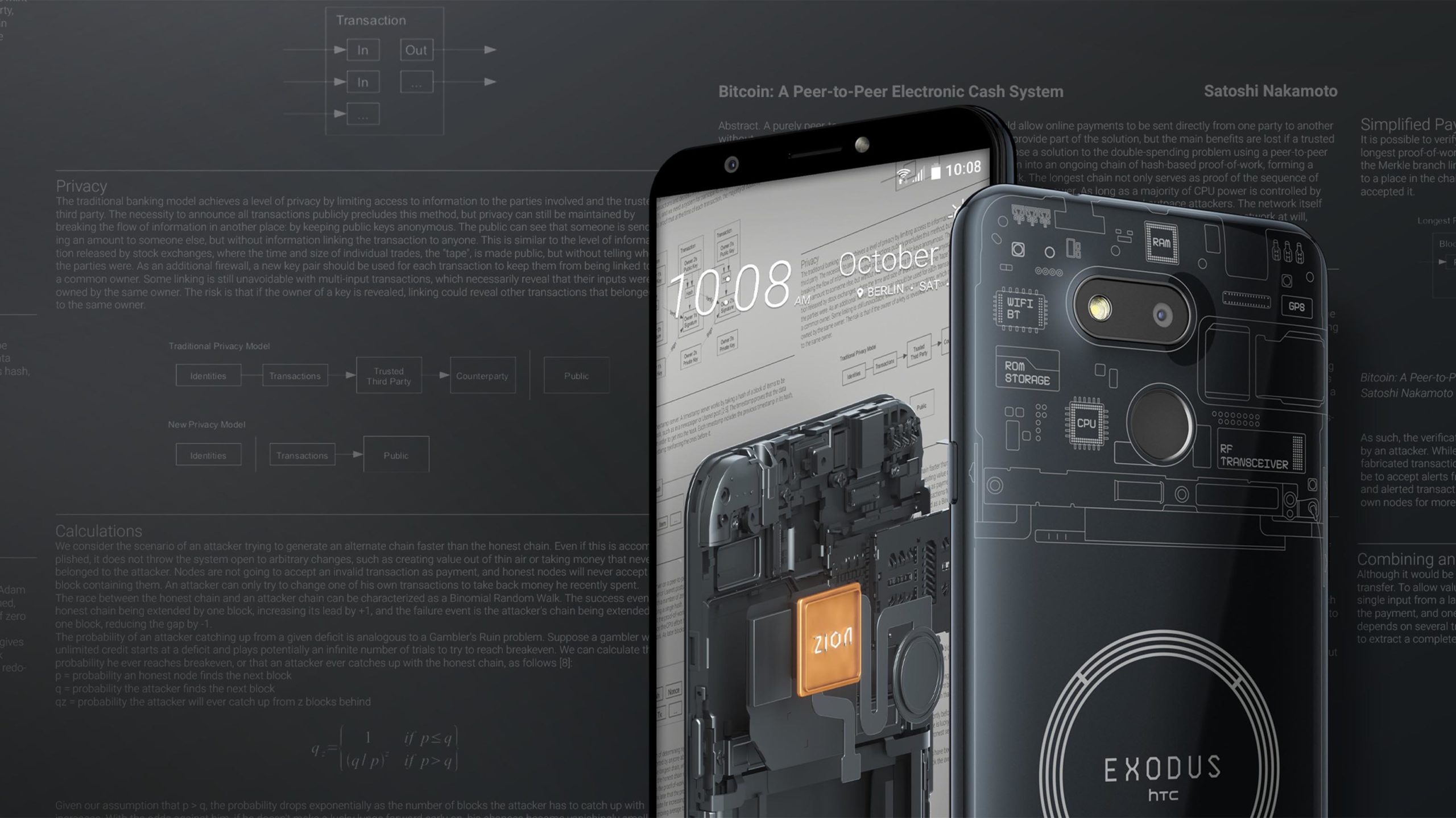
Despite all the great phones that came from HTC, the company is more or less out of the smartphone game now.
However, one of the last phones the company launched was the Exodus 1s, a low-cost ‘crypto phone’ all about blockchain and cryptocurrency. Along with some of the other Exodus phones, the 1s is set to get a mining app that will let it mine Monero cryptocurrency when plugged in and idle.
The Block reports that the ‘DeMiner’ app, currently in development by Midas Labs, will power the feature. It’s set to launch in Q2 2020. It’s worth noting that DeMiner will automatically stop mining if the phone is disconnected from the charger or in heavy use.
While certainly an interesting addition, the amount of mining the Exodus phone can do isn’t exactly impressive. According to Midas Labs’ Jri Lee, an HTC Exodus 1s can mine about $0.0038 USD of Monero per day. According to Decrypt, that’s about $1.387 a year.
In other words, it’d take about 170 years to pay off the cost of the Exodus 1s, which retails for €219 (roughly $332.32 CAD). For the more expensive Exodus 1 ‘Binance Edition,’ which costs $700 USD, it’d take half a millennium of mining to make your money back. Those calculations exclude the cost of electricity.
What’s the point if you can’t make money?
Despite the ridiculousness of having a phone that can pay for itself if you leave it on the charger for upwards of 500 years, the feature isn’t really about making money. People looking to buy an Exodus smartphone are looking for a phone first. The fact that it can mine a little cryptocurrency when you’ve put it on the charger is a bonus.
Instead, the ability to mine is more about how cryptocurrency works. If you have more devices mining, it leads to larger, more decentralized networks. More decentralized networks can help prevent huge mining pools from controlling too much of a cryptocurrency’s blockchain, as well as ’51 percent’ attacks.
Coupled with the fact that smartphone processors are usually more efficient than computer CPUs, phones can use less power when mining. Midas Labs told The Block that the average laptop can mine $0.06 of Monero in a day, but will consume $0.156 worth of power in the process, which means miners run at a loss. The Exodus 1s, on the other hand, should have a profit margin of 50 percent once users take power costs into account.
HTC’s decentralized chief officer, Phil Chen, told Forbes that mobile mining is an “important research topic” for understanding the development of secure cryptocurrency networks.
“The number of mobile phones in 2020 is approaching 3.5 billion, which would further decentralize and distribute the hash rate and mining power of such crypto networks,” Chen said.
Ultimately, the DeMiner app and the ability to mine crypto on a smartphone are more about expanding the decentralized networks than letting users earn a few digital dollars. Unfortunately, that also means Exodus phones will likely remain niche gadgets for crypto enthusiasts.
MobileSyrup may earn a commission from purchases made via our links, which helps fund the journalism we provide free on our website. These links do not influence our editorial content. Support us here.


